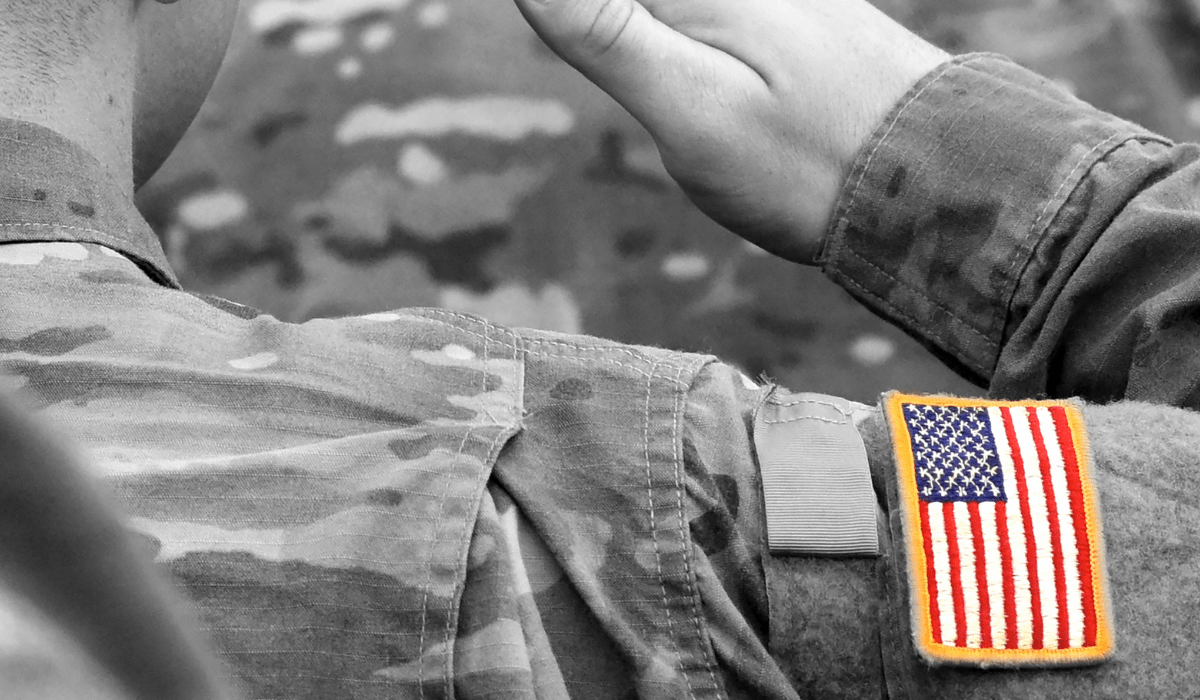In the realm of digital forensics, the term "forensic image" takes center stage as a critical component in uncovering the truth behind cyber incidents and criminal activities. Let's embark on a journey to demystify forensic images, understanding their significance in the intricate world of digital investigations.
Unveiling the Essence of Forensic Images
A forensic image, in the context of digital forensics, is a bit-by-bit copy of a storage device, preserving the entire content of the original data. This meticulous replication is essential for investigators to analyze, scrutinize, and extract evidence without altering the integrity of the original source. Whether dealing with a computer hard drive, a USB drive, or a smartphone, forensic images provide investigators with a snapshot of the digital landscape at a specific point in time.

The Role of Forensic Images in Digital Investigations
In the ever-evolving landscape of cyber threats and digital crimes, forensic images play a pivotal role in piecing together the puzzle of illicit activities. Investigators utilize these images to conduct in-depth analyses, uncover hidden files, and trace the digital footprints left by perpetrators. The integrity and authenticity of forensic images are paramount, ensuring that the evidence extracted stands up to scrutiny in a court of law.
Creating Forensic Images: Best Practices and Challenges
The process of creating forensic images requires meticulous attention to detail. Investigators use specialized tools to create a mirror image of the storage device under scrutiny. However, challenges abound, from dealing with encrypted data to ensuring that the process itself doesn't inadvertently alter the original information. Adhering to best practices in forensic imaging is crucial for maintaining the accuracy and reliability of the evidence obtained.
Legal Implications and Admissibility in Court
The admissibility of forensic evidence hinges on the integrity of the forensic images presented in court. Legal professionals must ensure that proper procedures were followed during the creation and analysis of these images. Any misstep in the process could compromise the evidentiary value of the forensic image, emphasizing the importance of adherence to industry standards and recognized protocols.
Advancements in Forensic Imaging Technology
As technology evolves, so does the field of digital forensics. Innovations in forensic imaging technology continually enhance investigators' capabilities. From improved imaging tools to advancements in data recovery, staying abreast of these technological strides is crucial for professionals in the digital forensics arena.
Conclusion
In conclusion, the concept of forensic images is at the heart of digital investigations, providing investigators with a powerful tool to unearth evidence in the ever-expanding realm of cybercrimes. Understanding the intricacies of creating, analyzing, and presenting forensic images is essential for both digital forensics experts and legal professionals. As we navigate the digital landscape, the reliability and precision of forensic images become instrumental in ensuring justice is served in the face of cyber threats and criminal activities.


No comments yet